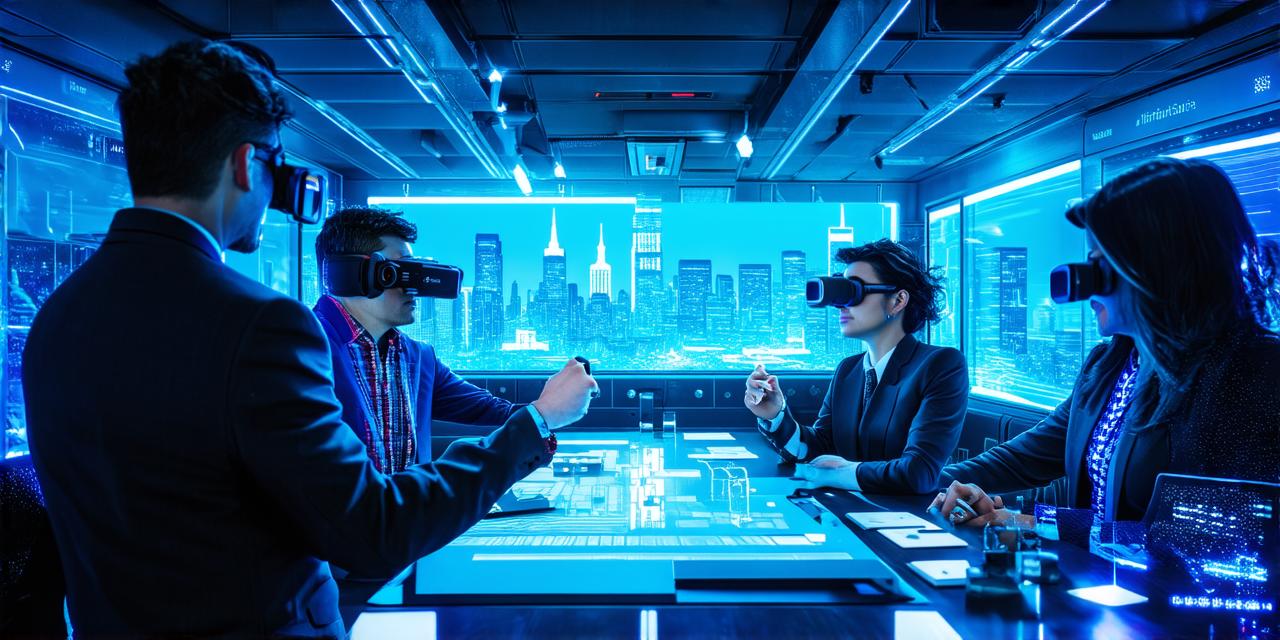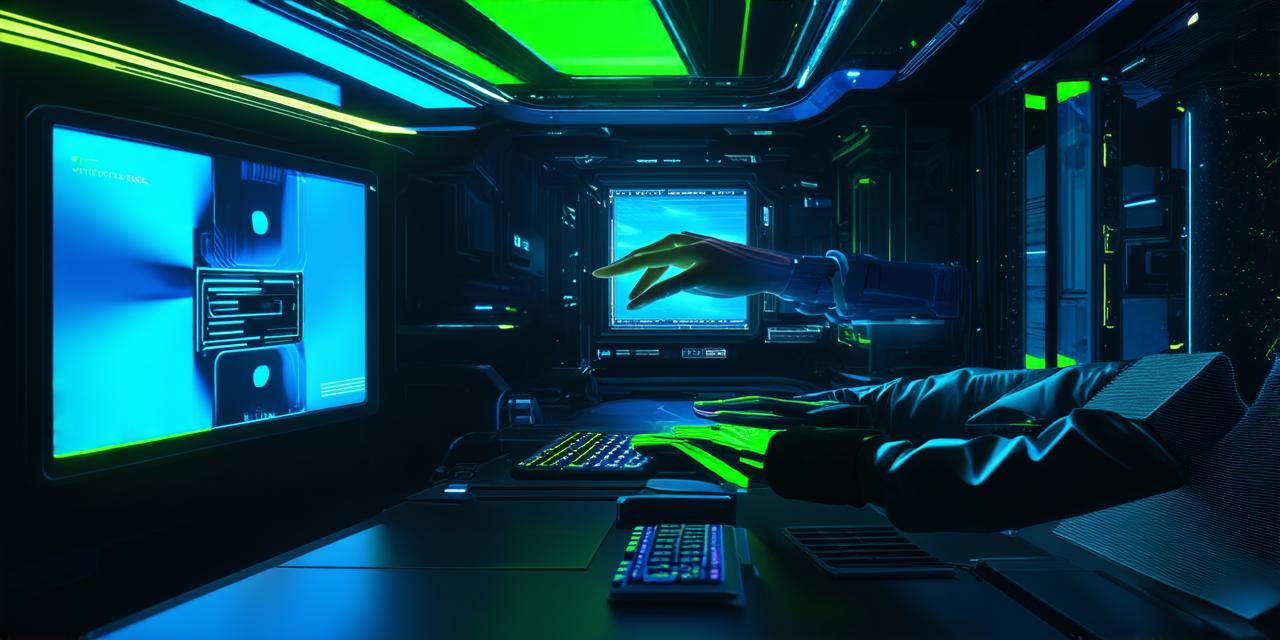Mixed reality simulation is a rapidly growing technology that combines real-world environments with computer-generated graphics and virtual objects to create immersive, interactive experiences.
Types of Mixed Reality Simulations
There are two main types of mixed reality simulations: augmented reality (AR) and virtual reality (VR). AR adds digital objects to real-world environments, while VR creates fully immersive, artificial worlds that simulate the real world.
Augmented Reality Simulations
AR is a technology that overlays digital information onto the real world, allowing users to see and interact with virtual objects in their physical surroundings. AR applications include:
- Interior Design: AR allows designers to visualize how furniture and decor would look in a room without physically moving them around.
- Gaming: Games like Pokemon Go use AR to bring digital characters and objects into real-world environments.
- Medical Training: AR can be used to simulate surgical procedures, allowing medical students to practice their skills in a safe environment.
- Retail: AR can be used to enhance the shopping experience by providing customers with virtual try-on options or allowing them to see how furniture would look in their home.
Virtual Reality Simulations
VR is a technology that creates fully immersive, artificial environments that simulate the real world. VR applications include:
- Gaming: VR games provide players with an incredibly immersive gaming experience, allowing them to feel like they are truly in the game world.
- Training and Education: VR can be used to simulate dangerous or hazardous environments, allowing students and professionals to practice their skills in a safe environment.
- Architecture and Design: VR allows architects and designers to visualize and test their designs in a virtual environment before building them in the real world.
- Therapy: VR can be used as a tool for therapy, providing patients with immersive experiences that can help them cope with anxiety or trauma.
The Future of Mixed Reality Simulation
Mixed reality simulation technology is constantly evolving, and we can expect to see even more innovative applications in the future. Some potential areas for growth include:
- Remote Collaboration: Mixed reality simulations could allow teams to collaborate on projects in real-time, regardless of their physical location.
- Travel and Tourism: Mixed reality simulations could allow people to explore new places and cultures without having to leave their homes.
- Entertainment: Mixed reality simulations could be used to create even more immersive and interactive entertainment experiences.
- Healthcare: Mixed reality simulations could be used in the field of healthcare to provide patients with more personalized and effective treatments.
Conclusion
Mixed reality simulation technology is an exciting field that has the potential to transform the way we interact with the world around us. As this technology continues to evolve, we can expect to see even more innovative applications in the future. Whether you are a gamer, designer, or healthcare professional, mixed reality simulations offer a unique and immersive way to learn, create, and experience.



